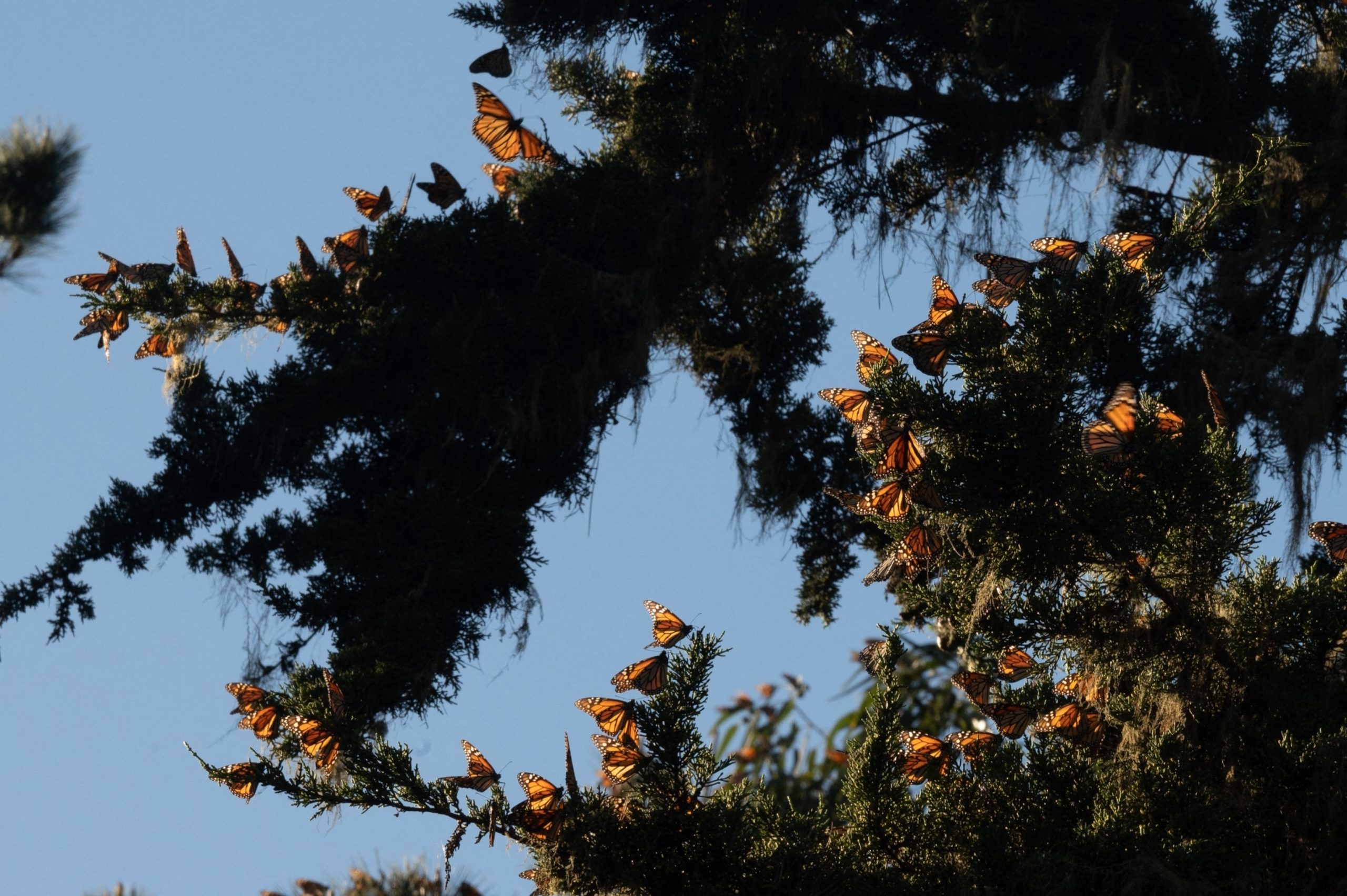Potential Reasons for a Significant Decline in Monarch Butterfly Sightings across the United States during the Summer
Monarch butterflies are one of the most iconic and beloved insects in North America. Their vibrant orange and black wings, coupled with their incredible migration patterns, have captivated the hearts of nature enthusiasts for generations. However, in recent years, there has been a significant decline in monarch butterfly sightings across the United States during the summer months. This decline has raised concerns among scientists and conservationists, as it could have severe implications for the overall health of the species and the ecosystems they inhabit. Several potential reasons have been identified for this decline, and understanding them is crucial for developing effective conservation strategies.
1. Loss of Habitat: One of the primary reasons for the decline in monarch butterfly sightings is the loss of their critical habitat. Monarchs rely on milkweed plants for breeding and as a food source for their caterpillars. However, due to urbanization, agriculture, and the use of herbicides, milkweed plants have significantly diminished in many areas. Without sufficient milkweed, monarch populations struggle to reproduce and thrive.
2. Climate Change: The changing climate is another factor contributing to the decline in monarch butterfly sightings. Rising temperatures and unpredictable weather patterns disrupt the delicate balance of ecosystems, affecting the availability of nectar-rich flowers that monarchs rely on for energy during their long migrations. Extreme weather events, such as droughts and storms, can also destroy monarch habitats and disrupt their breeding cycles.
3. Pesticide Use: Widespread pesticide use in agriculture has had detrimental effects on monarch populations. Pesticides not only kill harmful insects but also unintentionally harm beneficial insects like butterflies. Monarchs are particularly vulnerable to pesticides because they rely on milkweed plants, which are often sprayed with herbicides. Exposure to these chemicals weakens their immune systems, disrupts their reproductive abilities, and ultimately leads to population decline.
4. Deforestation: Deforestation, especially in Mexico, where monarchs overwinter, has a significant impact on their populations. Illegal logging and land conversion for agriculture have destroyed large areas of the monarch’s wintering grounds, disrupting their natural habitat and threatening their survival. Without suitable overwintering sites, monarchs face increased mortality rates.
5. Lack of Awareness and Education: Another reason for the decline in monarch butterfly sightings is the lack of awareness and education about their importance. Many people are unaware of the critical role monarchs play in pollination and maintaining healthy ecosystems. By raising awareness and educating the public about monarch conservation, we can encourage individuals to take action and create butterfly-friendly habitats in their own backyards.
Addressing the decline in monarch butterfly sightings requires a multi-faceted approach. Conservation efforts should focus on restoring and protecting milkweed habitats, promoting sustainable agricultural practices that minimize pesticide use, and advocating for stricter regulations on deforestation. Additionally, public education campaigns can play a crucial role in raising awareness about the importance of monarch butterflies and inspiring individuals to take action to protect them.
By addressing these potential reasons for the decline in monarch butterfly sightings, we can work towards ensuring the survival and thriving of this magnificent species. Protecting monarch butterflies not only preserves a beloved symbol of nature but also contributes to the overall health and biodiversity of our ecosystems.



